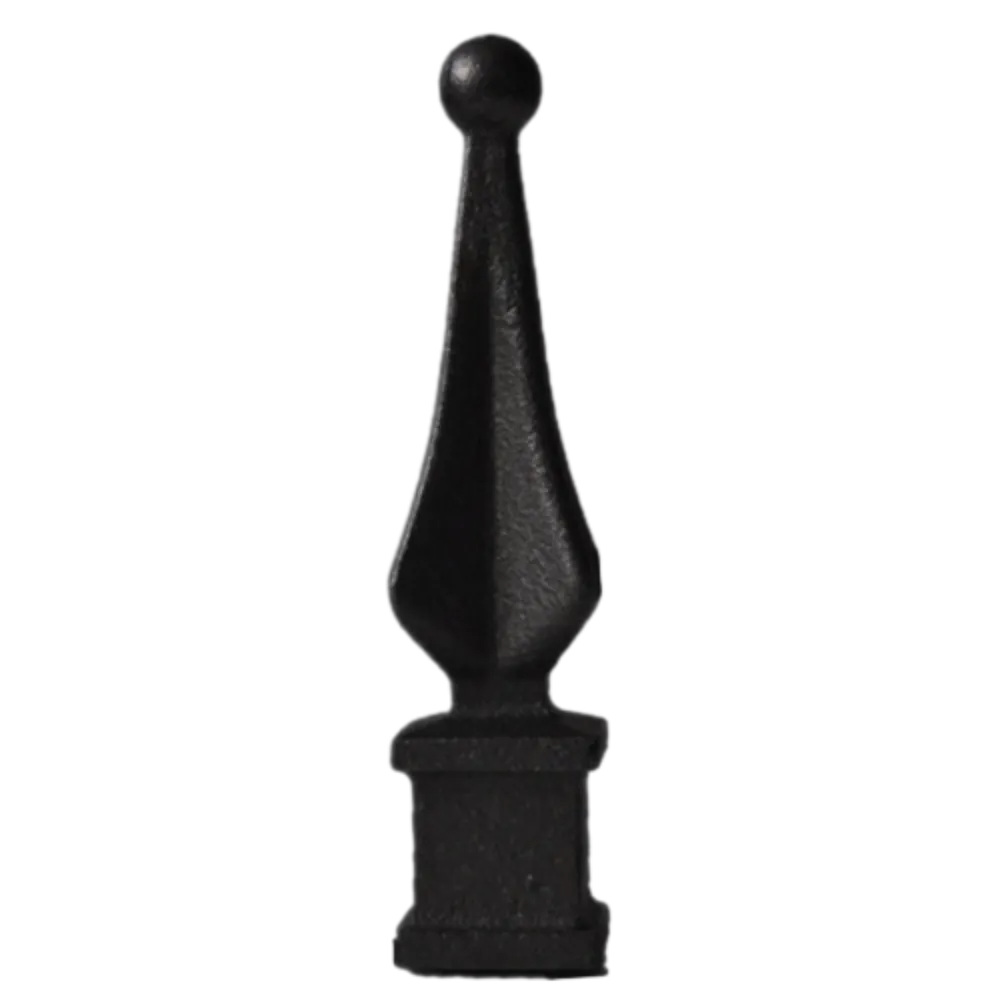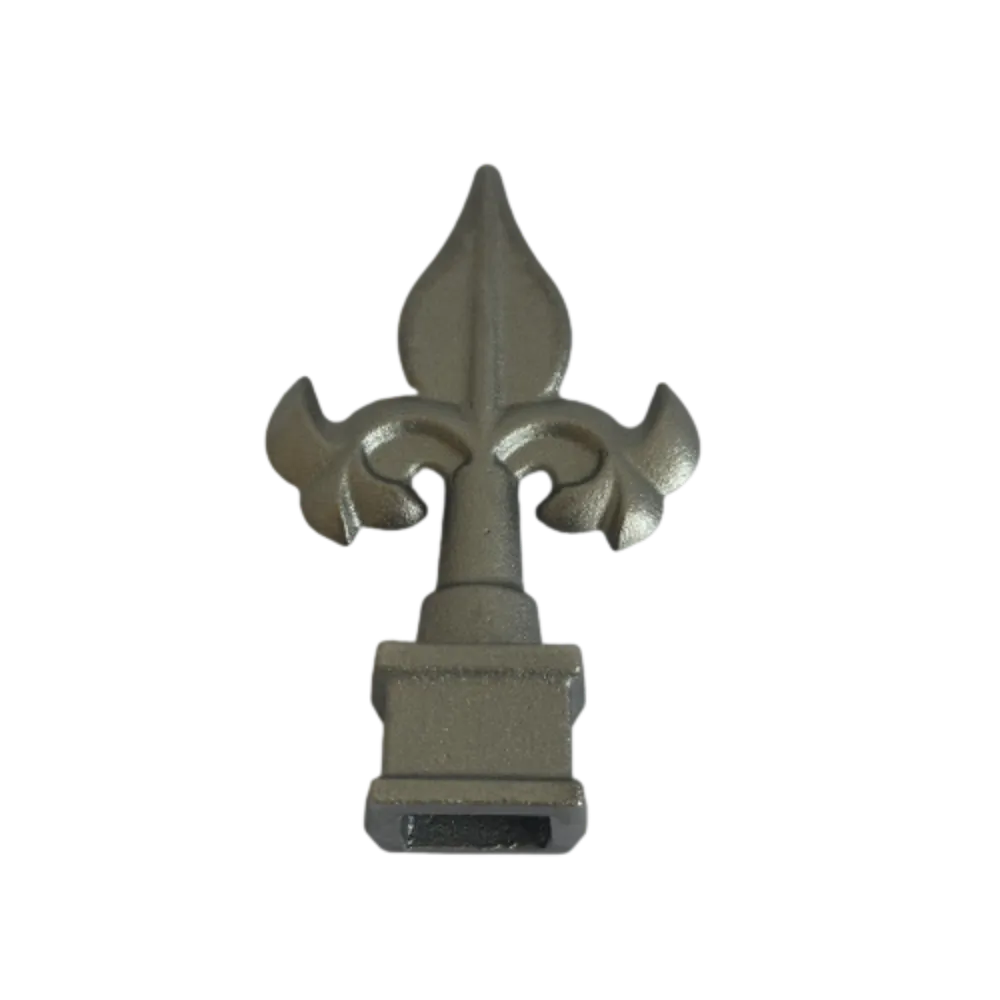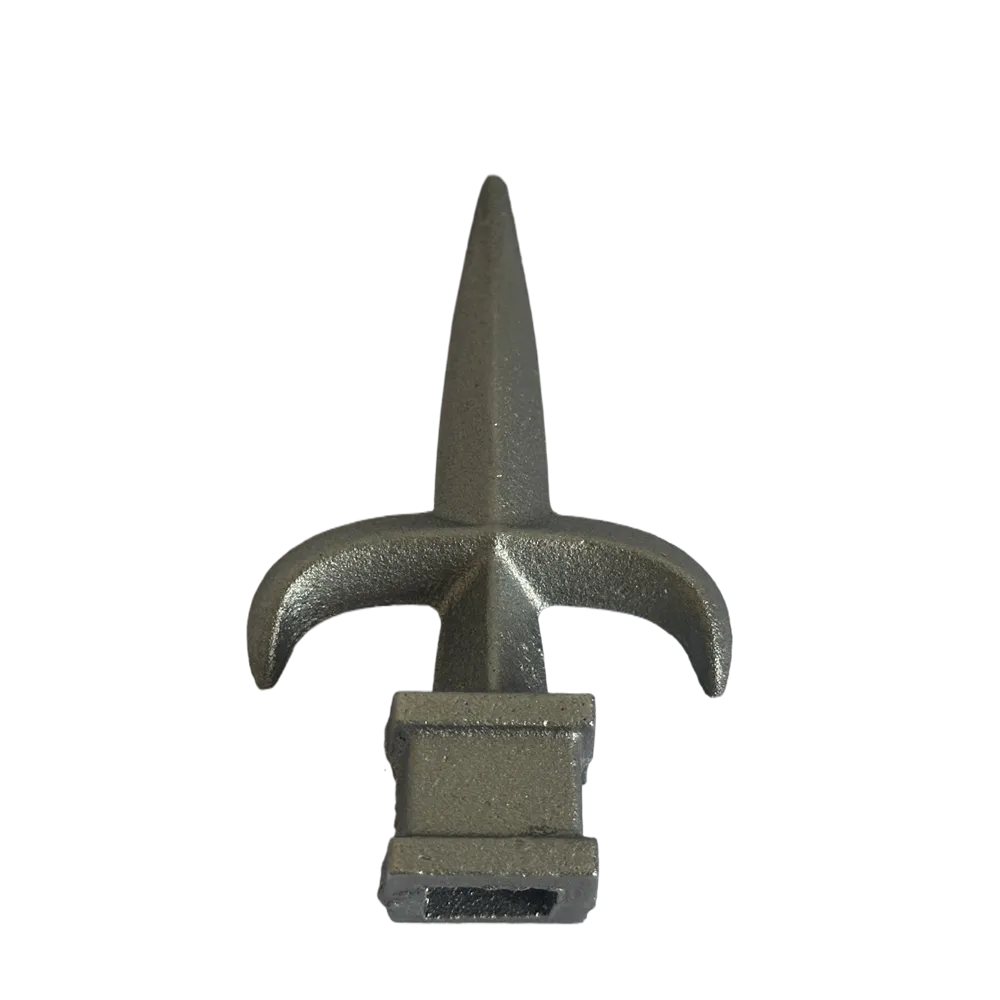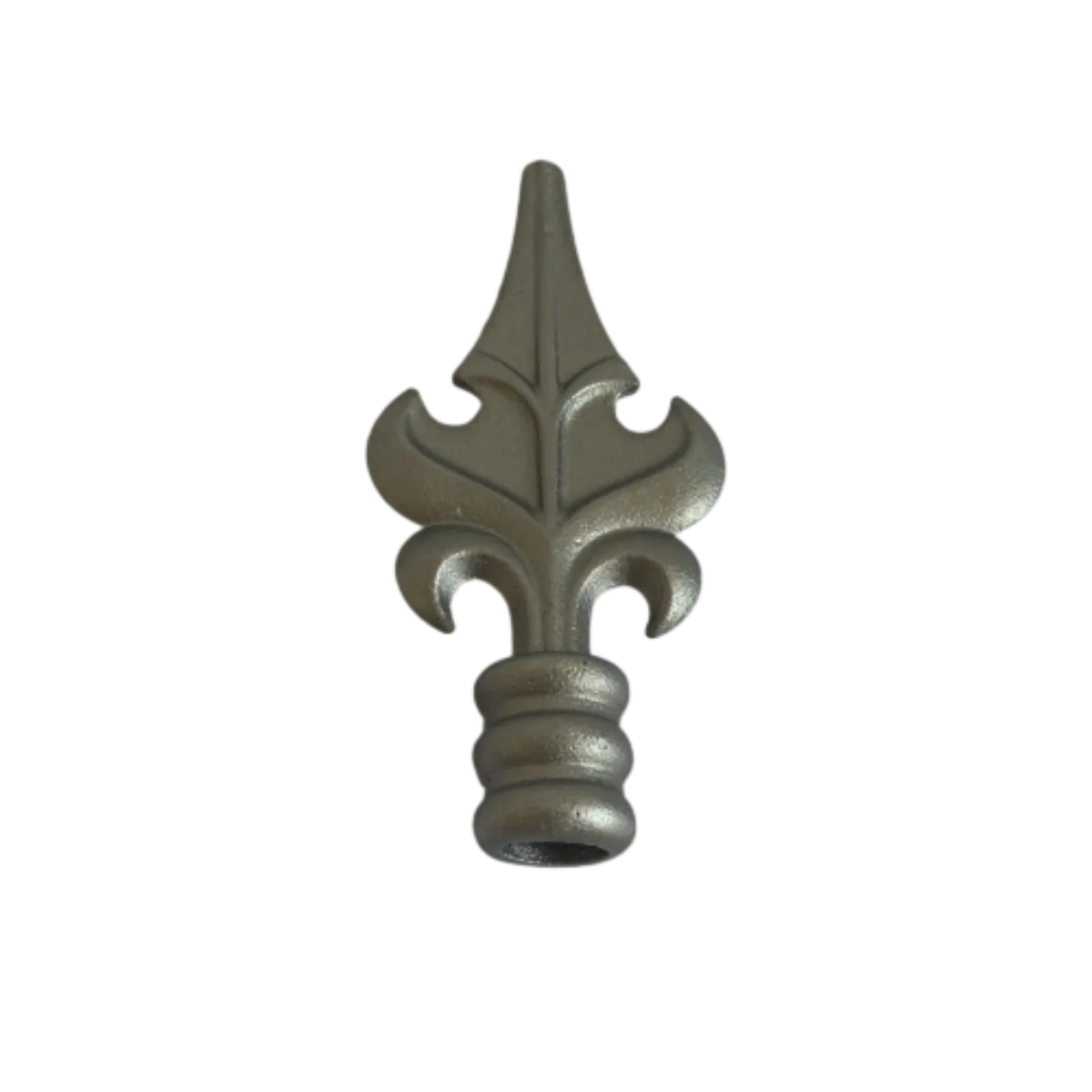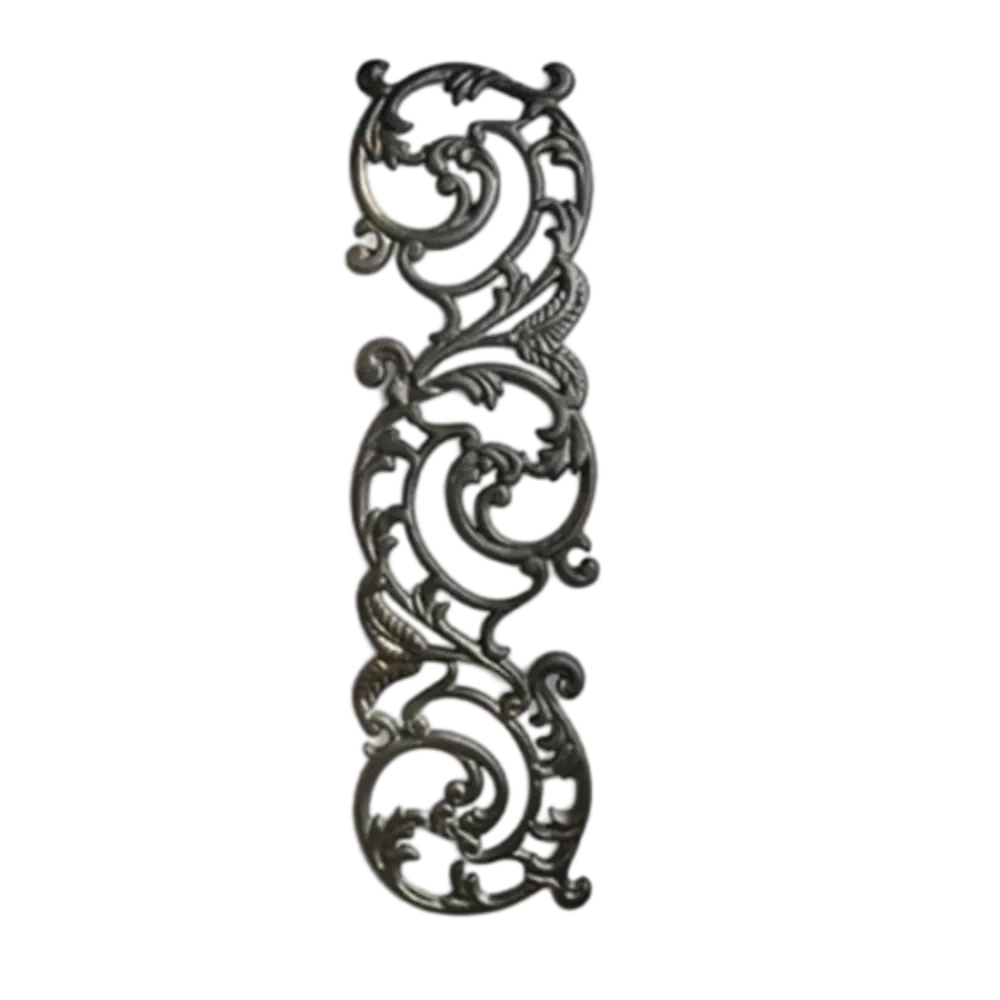Wrought Iron Elements for Architectural and Decorative Applications in Modern Design
The Timeless Appeal of Wrought Iron Components
Wrought iron, a material that has stood the test of time, has been a favorite choice for craftsmen and architects for centuries. Known for its malleability and durability, wrought iron components have become synonymous with elegance, strength, and a rustic charm that enhances both traditional and contemporary designs. This article explores the significance, applications, and enduring appeal of wrought iron components in modern architecture and design.
The History and Composition of Wrought Iron
Wrought iron is a form of iron that is worked by hand or mechanically to achieve its desired shape. Unlike cast iron, which is brittle and can shatter under stress, wrought iron is ductile and can be bent or shaped without breaking. Historically, wrought iron was made by heating iron ore to remove impurities, resulting in a material that is approximately 99% iron with traces of slag, which adds to its strength and fibrous texture.
The craft of working with wrought iron dates back to ancient civilizations, with significant developments during the Industrial Revolution. Blacksmiths and metalworkers skillfully hammered and shaped this material into various components, giving rise to everything from decorative elements to structural frameworks in buildings.
Aesthetic Appeal and Versatility
One of the most appealing aspects of wrought iron components is their aesthetic versatility. They can be fashioned into intricate designs, including decorative railings, gates, balconies, and furniture. The organic, handcrafted quality of wrought iron lends itself well to both classic and modern aesthetics. In a traditional setting, ornate floral patterns and scrollwork can evoke a sense of nostalgia, while minimalist designs can provide a contemporary touch.
Wrought iron’s ability to be molded into nearly any form allows designers to push the boundaries of creativity. Whether it’s a grand wrought iron staircase, an elegant chandelier, or custom furniture pieces, the possibilities are limitless. These components not only serve functional purposes but also act as artworks that can enhance the atmosphere of any space.
wrought iron components

Durability and Maintenance
In addition to its beauty, wrought iron is known for its exceptional durability. Wrought iron components can withstand harsh weather conditions, making them ideal for both indoor and outdoor applications. Fences and gates crafted from wrought iron can provide security without sacrificing style, while outdoor furniture can endure the test of time with minimal wear.
However, it’s essential to acknowledge that wrought iron does require some maintenance to preserve its appearance and structural integrity. Regular cleaning and occasional repainting can help prevent rust and corrosion. When maintained properly, wrought iron components can last for generations, making them an excellent investment for homeowners and builders alike.
Sustainable Choice
As the world becomes increasingly aware of the need for sustainable building materials, wrought iron stands out as a responsible choice. Its longevity reduces the need for frequent replacements, minimizing waste. Moreover, wrought iron is recyclable, allowing old components to be melted down and repurposed into new products. This quality contributes to a more sustainable approach to building and design, aligning with contemporary values of environmental consciousness.
Conclusion
Wrought iron components encapsulate a unique blend of beauty, strength, and history. From ornate railings to functional furniture, these versatile materials continue to inspire architects and designers worldwide. Their durability ensures that they remain a practical choice, while their aesthetic charm adds a timeless quality to any space. As we move forward into an era that values sustainability and craftsmanship, wrought iron components will undoubtedly continue to play a vital role in the built environment, bridging the gap between past traditions and future innovations. The allure of wrought iron is undeniable, and its legacy is sure to endure for many years to come.
-
Wrought Iron Components: Timeless Elegance and Structural StrengthNewsJul.28,2025
-
Window Hardware Essentials: Rollers, Handles, and Locking SolutionsNewsJul.28,2025
-
Small Agricultural Processing Machines: Corn Threshers, Cassava Chippers, Grain Peelers & Chaff CuttersNewsJul.28,2025
-
Sliding Rollers: Smooth, Silent, and Built to LastNewsJul.28,2025
-
Cast Iron Stoves: Timeless Heating with Modern EfficiencyNewsJul.28,2025
-
Cast Iron Pipe and Fitting: Durable, Fire-Resistant Solutions for Plumbing and DrainageNewsJul.28,2025
-
 Wrought Iron Components: Timeless Elegance and Structural StrengthJul-28-2025Wrought Iron Components: Timeless Elegance and Structural Strength
Wrought Iron Components: Timeless Elegance and Structural StrengthJul-28-2025Wrought Iron Components: Timeless Elegance and Structural Strength -
 Window Hardware Essentials: Rollers, Handles, and Locking SolutionsJul-28-2025Window Hardware Essentials: Rollers, Handles, and Locking Solutions
Window Hardware Essentials: Rollers, Handles, and Locking SolutionsJul-28-2025Window Hardware Essentials: Rollers, Handles, and Locking Solutions -
 Small Agricultural Processing Machines: Corn Threshers, Cassava Chippers, Grain Peelers & Chaff CuttersJul-28-2025Small Agricultural Processing Machines: Corn Threshers, Cassava Chippers, Grain Peelers & Chaff Cutters
Small Agricultural Processing Machines: Corn Threshers, Cassava Chippers, Grain Peelers & Chaff CuttersJul-28-2025Small Agricultural Processing Machines: Corn Threshers, Cassava Chippers, Grain Peelers & Chaff Cutters




